How To Make Soft-Boiled Eggs
This post may contain affiliate links. Read my full disclosure policy.
Learn how to make perfect soft-boiled eggs — plus, the best ways to enjoy them!
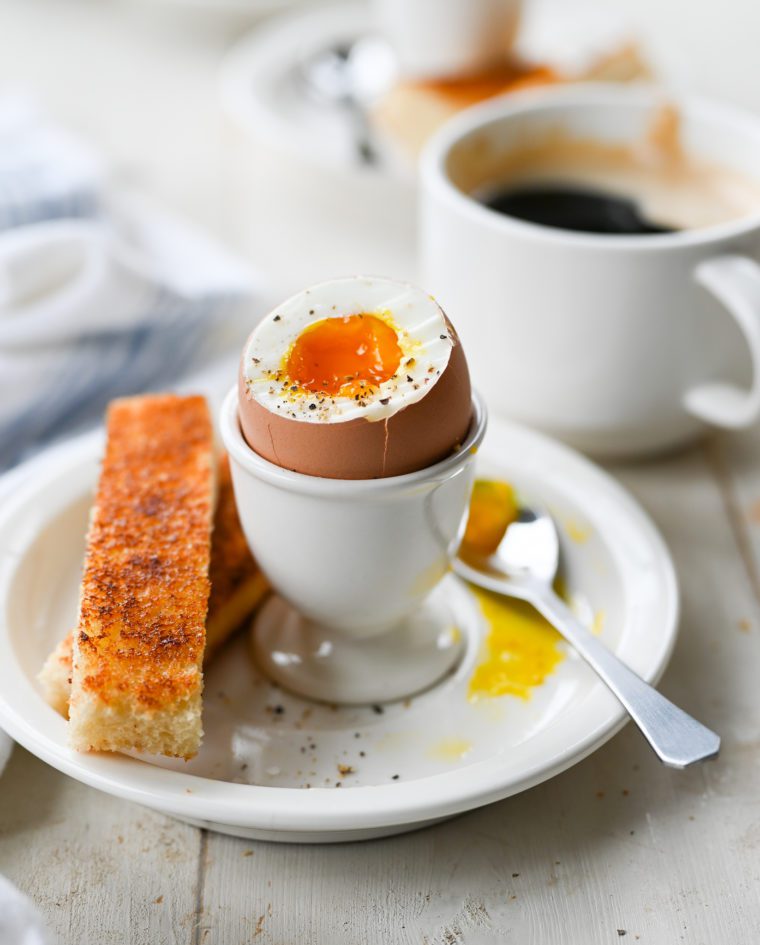
Perfectly cooked soft-boiled eggs have a just-set white and a warm, jammy yolk. They are wonderful over salads (try them on my spinach salad with warm bacon dressing) and ramen, and they also make a lovely breakfast nestled in an egg cup with toast soldiers on the side. Unlike hard-boiled eggs, which are started in cold water and brought to a boil, soft-boiled eggs are dropped into boiling water and gently boiled until done. This method allows for precise timing to achieve a perfectly-set white and slightly runny yolk every time. For the most consistent results, I recommend using cold-from-the-fridge large eggs, which take exactly 6½ minutes minutes to cook. For smaller or larger eggs, the cooking time will need to be adjusted by a minute or so in either direction.
Table of Contents
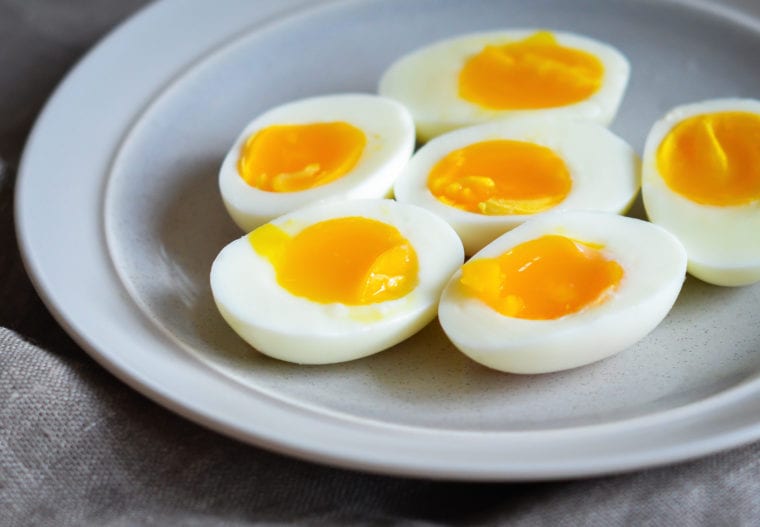
Step-by-Step Instructions for Soft-Boiled Eggs
Bring a saucepan (large enough to hold the eggs in a single layer) of water to a boil over medium-high heat.
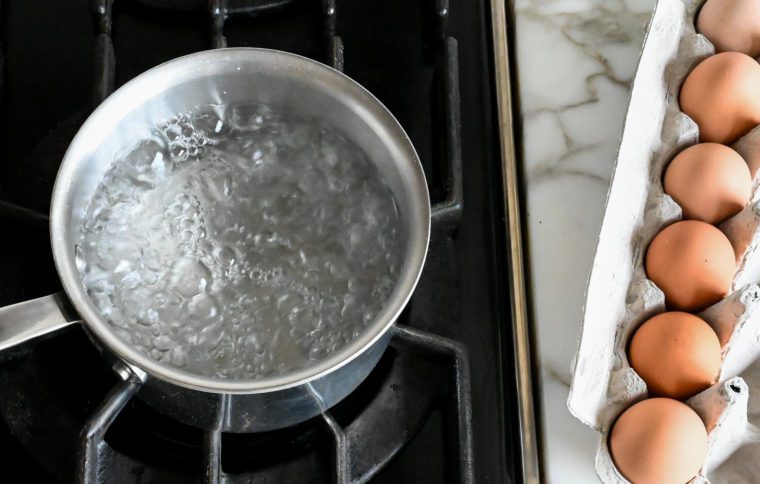
Using a slotted spoon, gently lower the cold eggs into the water one at a time.
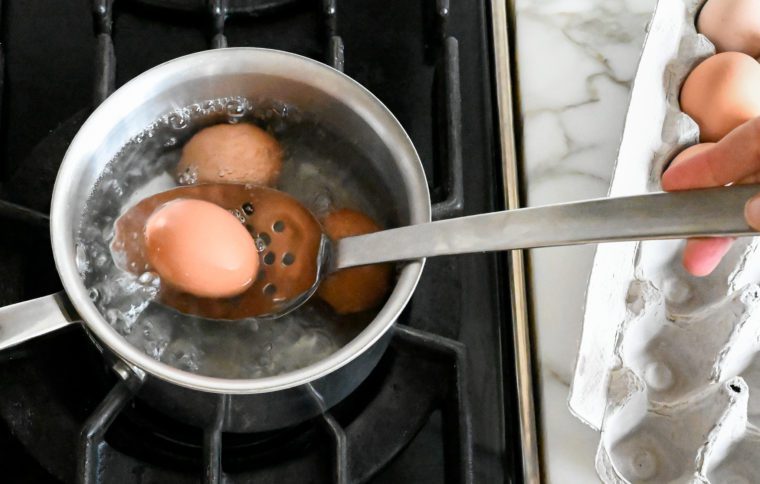
Cook for exactly 6½ minutes, adjusting the heat as necessary to maintain a gentle boil.
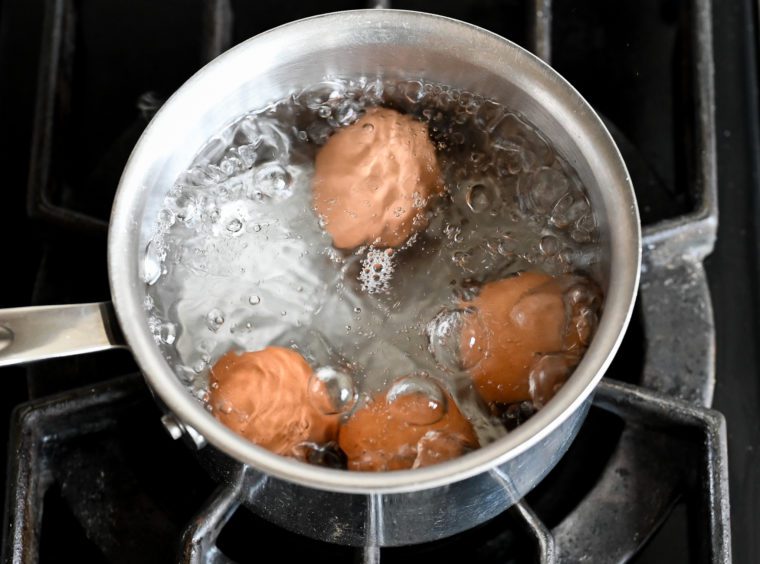
Meanwhile, fill a bowl with cold water and some ice cubes. When the eggs are done cooking, transfer them to the water and chill until just slightly warm, about 2 minutes.
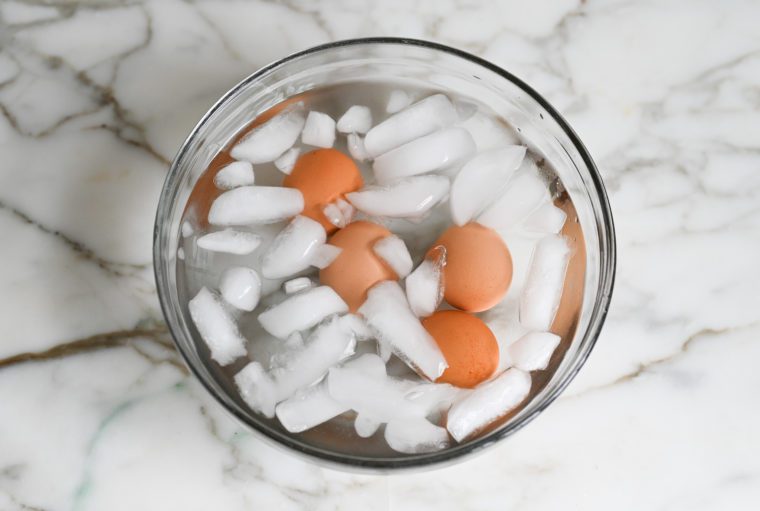
Use an egg shell cutter or sharp knife to remove the tops and serve in egg cups. (This egg cup and cutter set is similar to the one I have.) If you don’t egg cups but would like to serve the soft-boiled eggs this way, you can also use shot glasses. Alternatively, the eggs can be peeled and sliced in half.
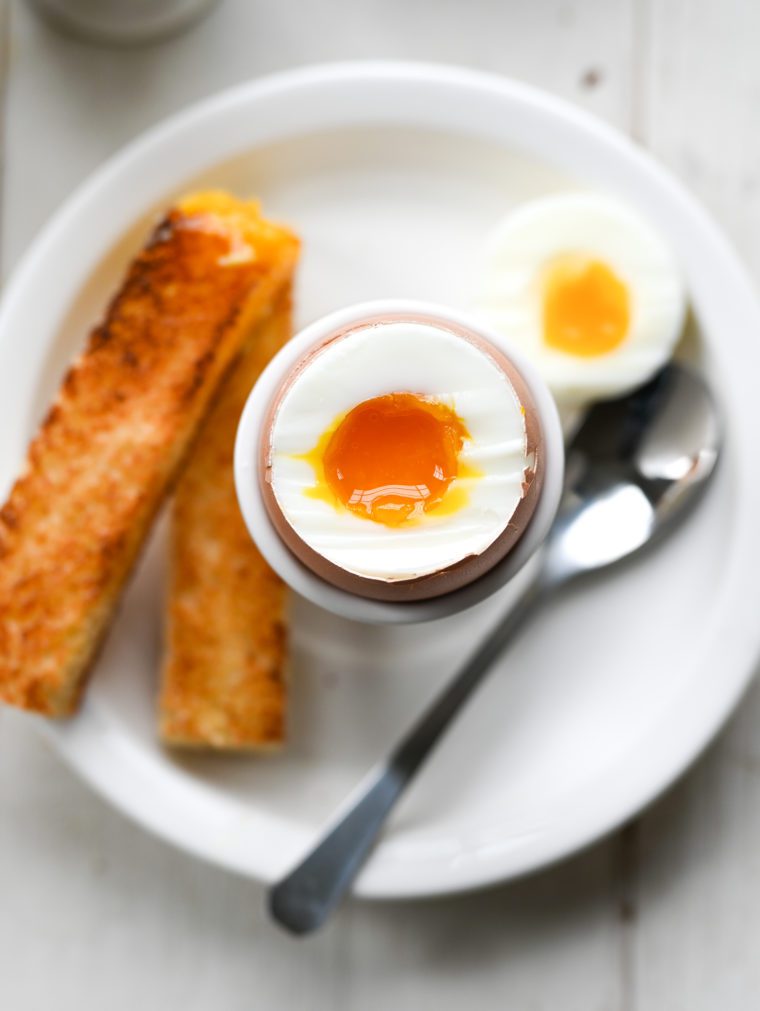
To make toast soldiers, cut off the crust from thick-sliced bread, and toast until golden. Slather the toast with butter and use a serrated knife to cut into thin sticks (or “soldiers”).

You May Also Like
Soft-Boiled Eggs
Learn how to make perfect soft-boiled eggs — plus, the best ways to enjoy them!
Ingredients
- Large eggs, cold from the fridge
- Salt and freshly ground black pepper
Instructions
- Bring a saucepan (large enough to hold the eggs in a single layer) of water to a boil over medium-high heat. Using a slotted spoon, gently lower cold-from-the-fridge eggs into the water one at a time (don't drop them in or they'll crack). Cook for exactly 6½ minutes, adjusting the heat as necessary to maintain a gentle boil.
- Meanwhile, fill a bowl large enough to hold the eggs with cold water and some ice cubes. When the eggs are done cooking, transfer them to the water and chill until just slightly warm, about 2 minutes.
- Use an egg shell cutter or sharp knife to remove the tops and serve in egg cups. (This egg cup and cutter set is similar to the one I have.) If you don't egg cups but would like to serve the soft-boiled eggs this way, you can also use shot glasses. Alternatively, the eggs can be peeled and sliced in half. Serve warm with salt and pepper.
- Tip: When peeling an egg, start at the wider end -- there's usually a small air pocket in there, which makes the egg shell easier to remove.
- Note: To make toast soldiers, cut off the crust from thick-sliced bread, and toast until golden. Slather the toast with butter and use a serrated knife to cut into thin sticks (or "soldiers").
Pair with
Nutrition Information
Powered by ![]()
- Serving size: 1 egg
- Calories: 61
- Fat: 4 g
- Saturated fat: 1 g
- Carbohydrates: 0 g
- Sugar: 0 g
- Fiber: 0 g
- Protein: 5 g
- Sodium: 61 mg
- Cholesterol: 160 mg
This website is written and produced for informational purposes only. I am not a certified nutritionist and the nutritional data on this site has not been evaluated or approved by a nutritionist or the Food and Drug Administration. Nutritional information is offered as a courtesy and should not be construed as a guarantee. The data is calculated through an online nutritional calculator, Edamam.com. Although I do my best to provide accurate nutritional information, these figures should be considered estimates only. Varying factors such as product types or brands purchased, natural fluctuations in fresh produce, and the way ingredients are processed change the effective nutritional information in any given recipe. Furthermore, different online calculators provide different results depending on their own nutrition fact sources and algorithms. To obtain the most accurate nutritional information in a given recipe, you should calculate the nutritional information with the actual ingredients used in your recipe, using your preferred nutrition calculator.


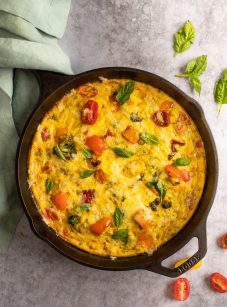
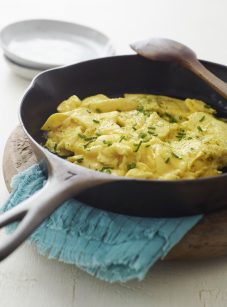
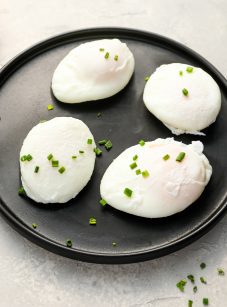

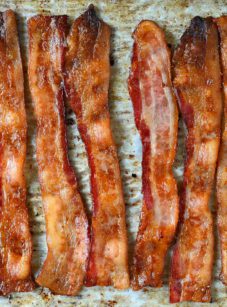
I have used this method for many years with consistent results. The only addition I would add is that I poke a pinhole in the large end (where the air sack is) before lowering the eggs into a pot with a spoon. Since the eggs are cold, the hot water can cause the shells to crack, allowing the white to leak out. Releasing the air lowers the internal pressure and cracking is never a problem.
Thanks for this idea! I’ve never had a soft boiled egg and am looking forward to it. Is there any difference in cooking time at altitude (5,000 ft)?
Best, Lena
Hi Lena, I don’t have experience baking at high altitudes so, unfortunately, I don’t have any wisdom to share – I’m sorry! You may find these tips helpful though.
Just made, truly amazingly easy and delicious.
Lovely
I love soft boiled eggs. My comment is about peeling. I learned the hard way that you should not peel hard boiled eggs under the tap. Broken egg shells are tenacious in your sink drain and they will cling to the side of your drain pipe. After a large plumbing bill I learned my lesson. Peel them to the side of the drain and toss the shell pieces in the garbage.
Haven’t made soft boil eggs for over 25-30 Yrs and I followed your way to a T and all 12 came out perfect. Thanks for the tip. The way I used to do it way back, could never peel an entire egg without either breaking or deformed, Still tasted the same, but presentation???
PERFECTION !!!
It’s really not necessary to keep eggs in the fridge. When you buy them at the supermarket they’re at room temperature, and they can keep perfectly well at room temperature for a few weeks, up to a month. See e.g. https://www.thehappychickencoop.com/how-to-store-your-chickens-freshly-laid-eggs/
My other comment is that the time to boil an egg is dependent on your altitude above sea level. Many cities and towns are at for instance 1500m or more above sea level, where water boils at 95 deg C, meaning eggs will take a minute or so longer to cook.
Hi…the article title is about freshly laid eggs. They’re covered with a substance that is washed off with supermarket eggs…so freshly laid can be kept room temp but not store eggs. That’s also why you see freshly laid eggs at farmers markets w no fridge but all stores have in fridge.
I agree about the altitude issue. I live at 9000 feet and water boils at 196 F, significantly lower than 212F. I plan to try this with 6 large, cold eggs and remove one at 30 second intervals to see what the correct cooking time for my altitude/boiling water temperature is.
I’ve tried almost every method ever. I went on a hunt for quite a while looking for the best method. And this one is PERFECT!!!! Fool proof. Fallow the recipe and you can’t go wrong.
First, I love your recipes, Jen, and your voice is just perfect — reading them, I always feel like you are a dear friend…
For a few years now, instead of boiling eggs, I’ve steamed them. The time for up to 6 soft-boiled eggs is the same as your recipe (6 1/2 minutes), and I feel that I get more consistent results with steaming than with boiling.
Hi KT, thanks for your very kind words! Also, good to know about the technique of steaming eggs – I’ve never tried that but will have to put it on my “to do“ list. Thanks for the suggestion!
I will say that at 6 1/2 minutes the steamed soft-boiled eggs turn out with the yolk being a bit runnier than your recipe. But that’s what my husband and son like 😉
I like the steaming because I don’t have the issues with lowering the eggs into the boiling water, and every egg starts cooking at same time when they’re in my steamer basket. Also, my results seem more consistent, batch to batch, using steam instead of boiling.
I also steam my hard-boiled eggs — 12 1/2 minutes for them…
I always make a pin prick at the wide end to allow any gas to escape – there will in bubbles – and so that gas expansion doesn’t cause cracking.